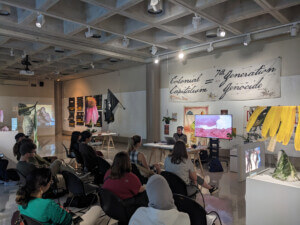The Architect’s Newspaper celebrates the start of Black History Month with a roundup of stories published over the course of the past year that highlight the contributions Black architects, landscape architects, individuals, and groups have made and are making to designing the built environment.
AN shares news across a variety of disciplines and topics, from announcements of new projects to coverage of landscapes, urbanism, art, preservation, and technology. The publication’s editorial team produces coverage that recognizes the contributions of diverse backgrounds and identities, including Black ones. Working within a society struggling with the deep legacy of systemic racism—as tragically seen most recently in the death of Tyre Nichols—AN marks the role that the shared spaces of cities have played in proliferating discrimination and the role of the media in amplifying certain experiences over others. This is a history whose stories we are still telling and whose wrongs are still being righted. AN attempts its own contributions week in and week out, during and beyond the month of February.
Scroll down to see a selection of pieces from the last year that address Black histories and expressions.

At Tatiana, Modellus Novus pays homage to a star chef’s New York youth
“Opening Tatiana at Lincoln Center is a longtime dream come true for me,” author and chef Kwame Onwuachi said. “Having grown up in the Bronx, I know this area has long represented arts and culture. We’re drawing on the city’s vibrant 1980s music and art scenes and paying homage to the often-overlooked places which shaped the city’s fabric and creative culture.”
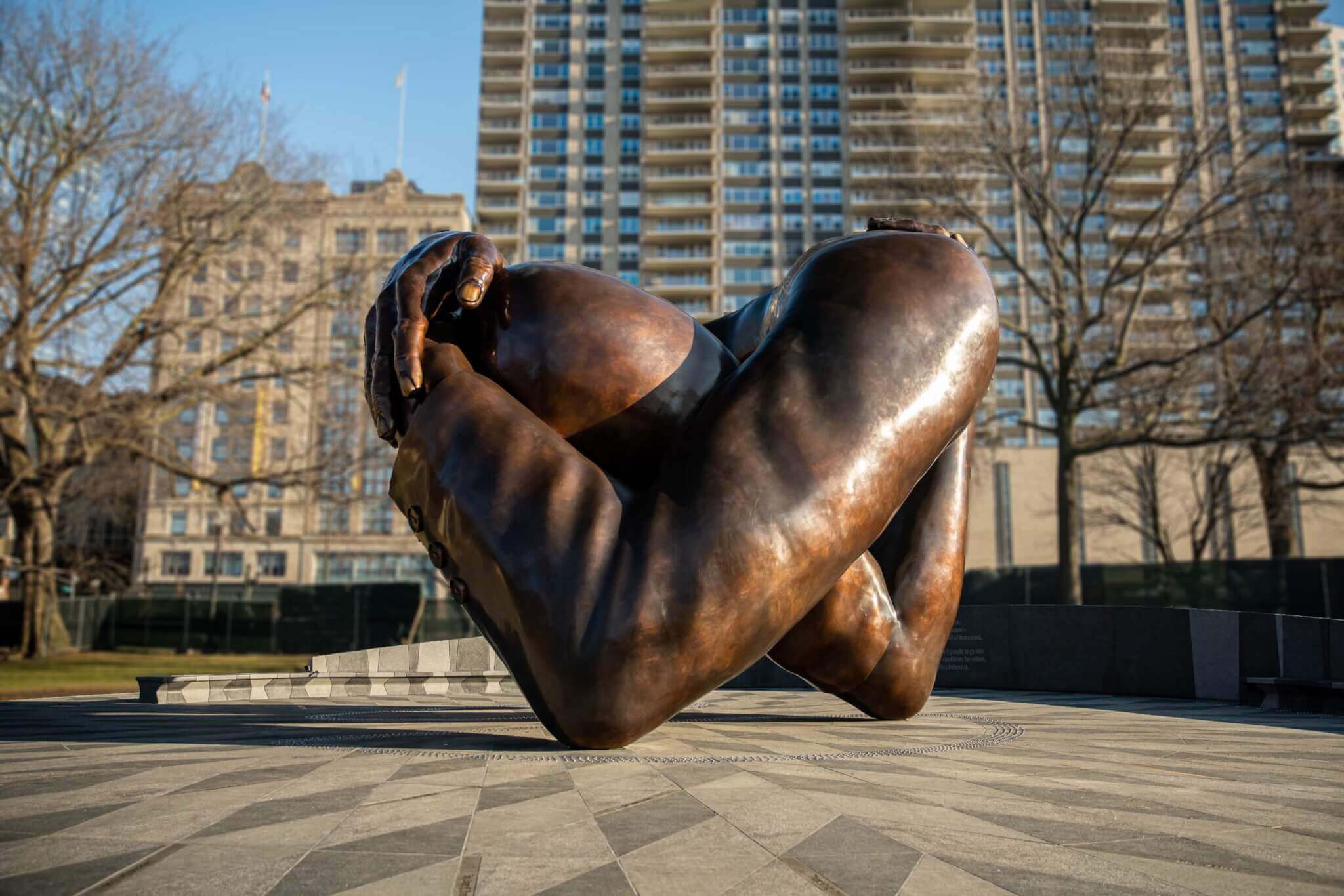
A new sculpture and plaza on the Boston Common honors Dr. Martin Luther King Jr.’s life and legacy
The Embrace, by Brooklyn artist Hank Willis Thomas, sits in the middle of the 6,000-square-foot 1965 Freedom Rally Memorial Plaza, a circular area decorated with over 1,300 granite stone pavers arranged in a quilted star pattern symbolizing collectivism and unity.
African American Cultural Heritage Action Fund announces 35 historic Black churches to receive funding
With an endowment of over $80 million the Action Fund is the largest funding source in the country committed to preserving the heritage of African American sites. In its first round of grants, the Preserving Black Churches program is divvying up $4 million to support Black churches facing issues such as deferred maintenance, lack of funds, and demolition threats.

Hood Design Studio creates an inhabitable landscape for NVIDIA’s campus in Santa Clara
For the 1.5-acre open space between NVIDIA’s two buildings, Hood Design Studio prioritized the notion of an inhabitable landscape and created hardscape and architectural elements, including a dual-structure tree house where staff can seamlessly transition work from inside to out. Another inspiration was the larger regional landscape of the South Bay, where rolling hills and agricultural functions abound.
Royal College of Arts announces Virgil Abloh Scholarship for low-income Black British students
“Over the years, the RCA and Virgil formed a beautiful relationship based on a shared appreciation of collaboration, creative vision, and of course, education. We know that the RCA Virgil Abloh Scholarship will break down financial barriers to fulfilling creative potential and empower talented young individuals to dream even bigger,” Virgil Abloh’s wife said.
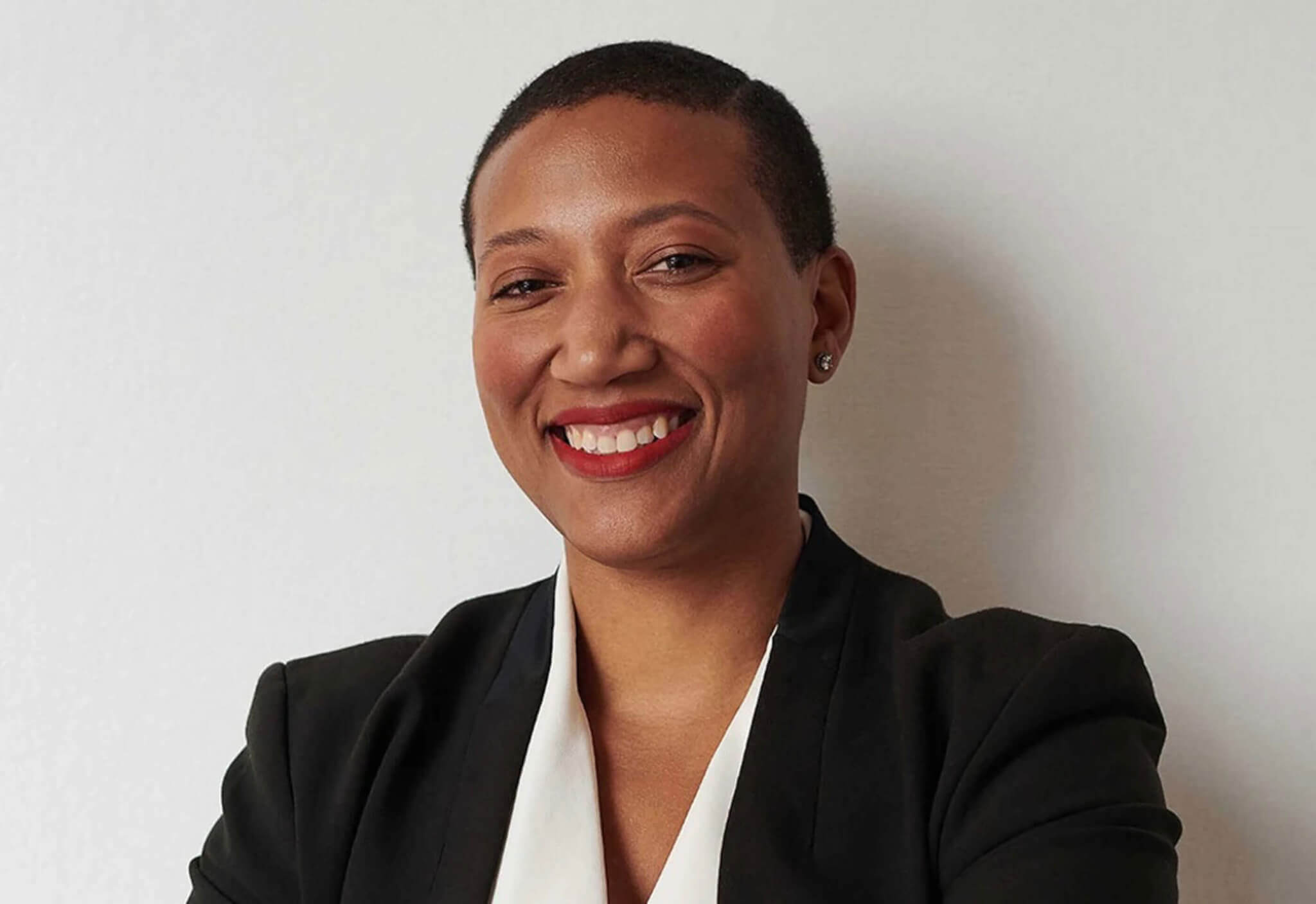
AN in conversation with Kimberly Dowdell
“I graduated college in 2006, and I feel like even back then there were conversations around the disparities in architecture.
In fact, I remember the cover of this one magazine had a silhouette of a Black woman, and it said our representation in the profession is 0.2 percent. It was a very striking graphic. And I recall thinking, “Oh, my, what have I gotten myself into?” Now the numbers are slightly better; it’s like 0.4 percent. Still not great. But the point I’m trying to make is, I feel like we’ve known about the disparities for a long time.” —Kimberly Dowdell
Howard University taps Moody Nolan and KGD to design its Center for Fine Arts and Communication
Moody Nolan, the largest Black-owned architecture firm in the United States, with offices across the country, has completed 63 projects for 33 HBCU campuses over its 40 year history. The firm often recruits HBCU graduates, many of whom are given opportunities to work on projects for their alma mater, among those is Moody Nolan partner and Howard University alumnus Renauld Deandre Mitchell, who will lead the design of the new building.

Germane Barnes’s Rock | Roll wins 2022 Miami Design District Annual Neighborhood Commission
“One of the things we admire most about Germane and his practice—and there are many—is his community-engaged approach, which exemplifies the most exciting directions in the field at this moment,” noted curators Anna Carnick and Wava Carpenter. “His work is at once accessible and poetic, critical and uplifting. We’re thrilled to be collaborating with him.”

Amber Wiley named director of the Weitzman School of Design’s Center for the Preservation of Civil Rights Sites
“This is as close to a dream job as one can get, and I am looking forward to building on the work that Randy Mason has done and moving the vision forward,” said Wiley, who currently serves as assistant professor of art history at Rutgers University. “As we re-examine the multitude of ways people have fought against oppression in this country, and understand how these stories and battles are embedded within the built environment, CPCRS can be instrumental.”
Morgan State University’s School of Architecture and Planning becomes the first HBCU to adopt NCARB accelerated licensing program
The National Council of Architectural Registration Boards (NCARB) found that in 2021, Black women made up less than 1 percent of the total practicing architects in the United States. Additionally, Black architects on the path to licensure spent approximately 13.8 years obtaining licensure, while the overall average within the profession is at its earliest seven years, it hovers around 13 years for most applicants.
The NCARB and HBCU Morgan State University School of Architecture and Planning (SA+P) are taking steps to change this with the Integrated Path to Architectural Licensure (IPAL), an accelerated pathway to licensure that allows students to get a head start on the lengthy licensure process while also completing their coursework. Baltimore’s Morgan State University SA+P will become the first HBCU to offer the IPAL program to its students.
Austin’s Huston-Tillotson University is now a National Register of Historic Places–recognized historic district
The storied HBCU, which predates the University of Texas at Austin by nearly a decade, is home to at least one previously NRHP-listed building: the Prairie Style Anthony and Louise Viaer Alumni Hall completed in 1914 as the Administration Building. The new designation, however, classifies the (near) entirety of the campus as a historic district.
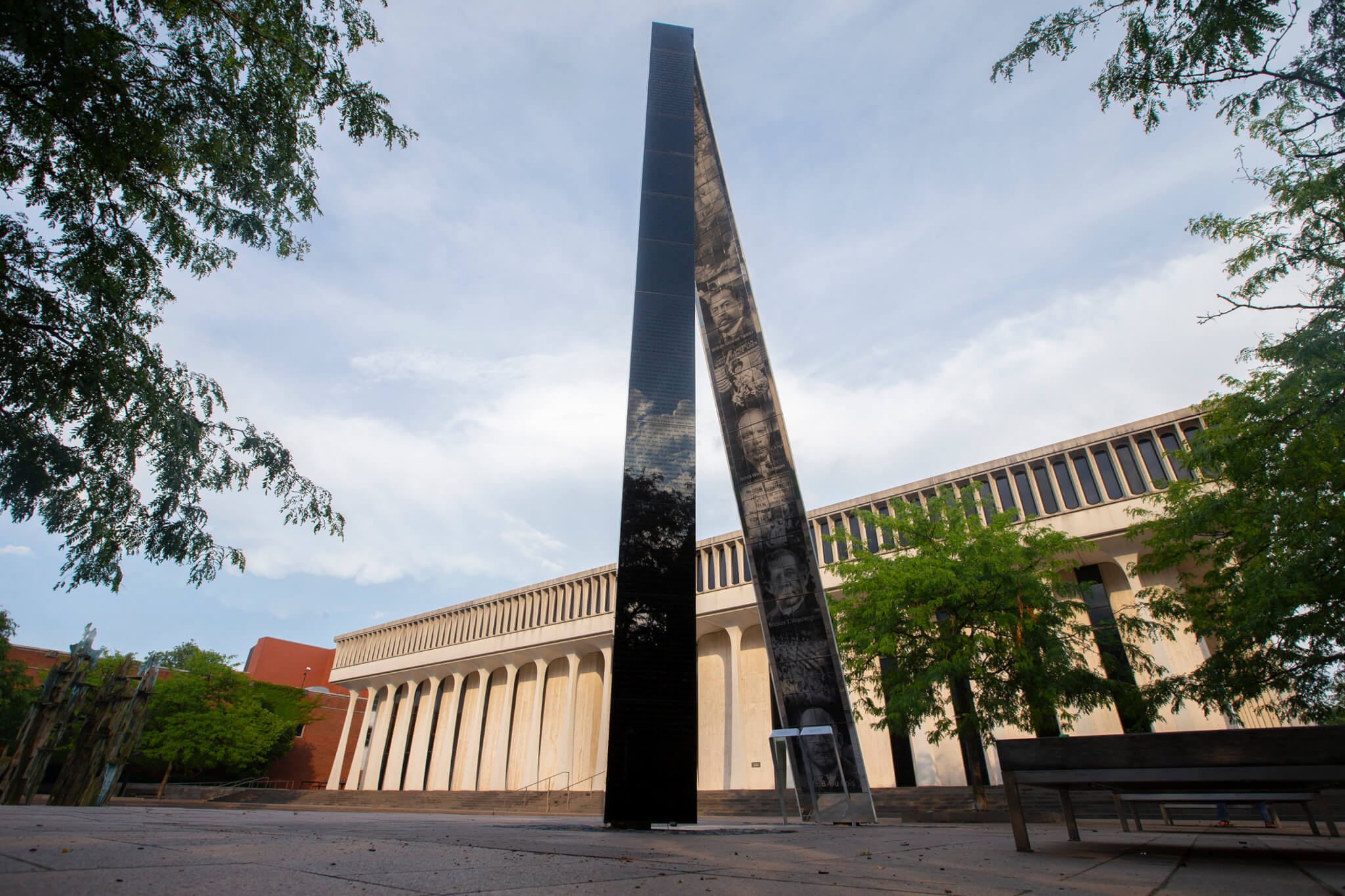
Walter Hood speaks with AN about his practice and the role of reflective nostalgia today
“Something I understood from a very young age was that Black people exist in the landscape in diverse ways. Our experience in this country is rooted in agrarianism, and so I do think that we have a proclivity for looking at landscape and seeing it as a recourse to deal with trauma in a completely different way.” —Walter Hood
L.A. County returns Bruce’s Beach to namesake family nearly a century after racist land grab
First opening in 1912, the resort was a rarity at the time: a beautiful beachfront destination where Black Angelenos could relax and unwind during an era when most public beaches were off limits to non-white visitors. Considered the first Black beach resort on the West Coast, the property, located in the predominately white community of Manhattan Beach in L.A.’s South Bay region, was stolen from Willa and Charles Bruce via eminent domain in 1924 under the pretense that the city planned to construct a park on the land. Surrounding properties, some also Black-owned, were also seized with landowners receiving just a tiny fraction of what their property was actually worth.
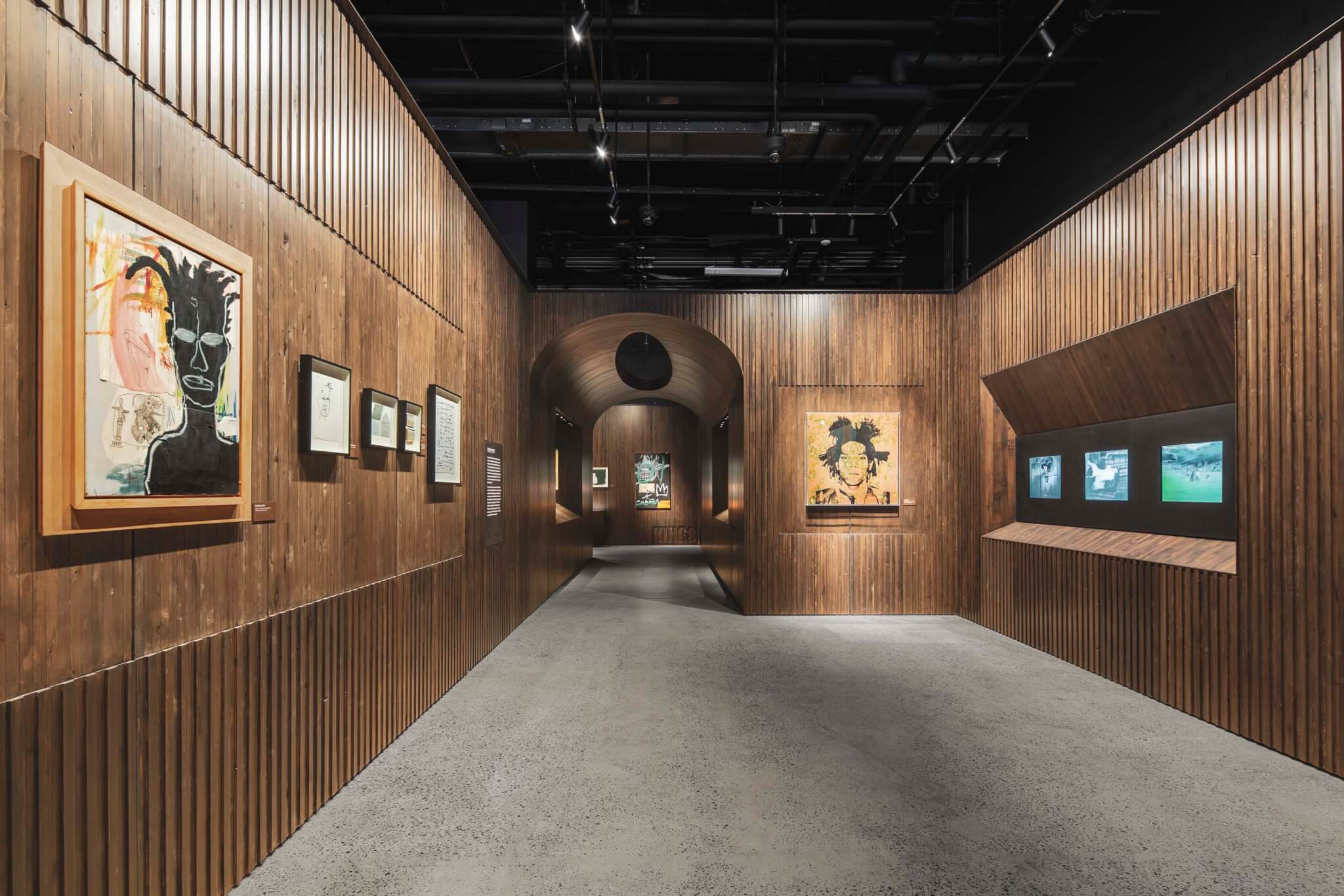
Adjaye Associates designs exhibition that celebrates Jean-Michel Basquiat’s vibrant life
The staging reminded me of words from bell hooks’s essay “In Our Glory: Photography and Black Life”: “To enter Black homes in my childhood was to enter a world that valued the visual, that asserted our collective will to participate in a noninstitutionalized curatorial process. For Black folks constructing our identities within the culture of apartheid, these walls were essential to the process of decolonization. In opposition to colonizing socialization, internalized racism, these walls announced our visual complexity.” In King Pleasure, I was immersed in the familial context, lineage, and visual world that affirmed Jean-Michel’s Blackness and shaped him as an artist. —Irene Vázquez
NOMA’s professional development program for architecture students at HBCUs is propelling the field forward
Intentionality. Persistence. Commitment. These are key actions that come to mind if you ask how architects create institutional change and real diversity within their companies, according to Melvalean McLemore, Anzilla Gilmore, and Zhetique Gunn, the three cofounders of a new professional development program (PDP) for architecture students at historically Black colleges and universities (HBCUs). The trio are Texas architects and designers who recognized the need for equity in architecture through reframing how designers from HBCUs are viewed by the architecture profession.
The Chicago Sun-Times gains an architecture critic with the return of Lee Bey
Steve Warmbir, the current interim editor-in-chief of the Sun-Times, relayed the news of Bey’s return to the architecture beat in an email sent to the paper’s staffers: “We’re thrilled to have Lee back writing about architecture, since there’s no one better in Chicago,” he wrote.








